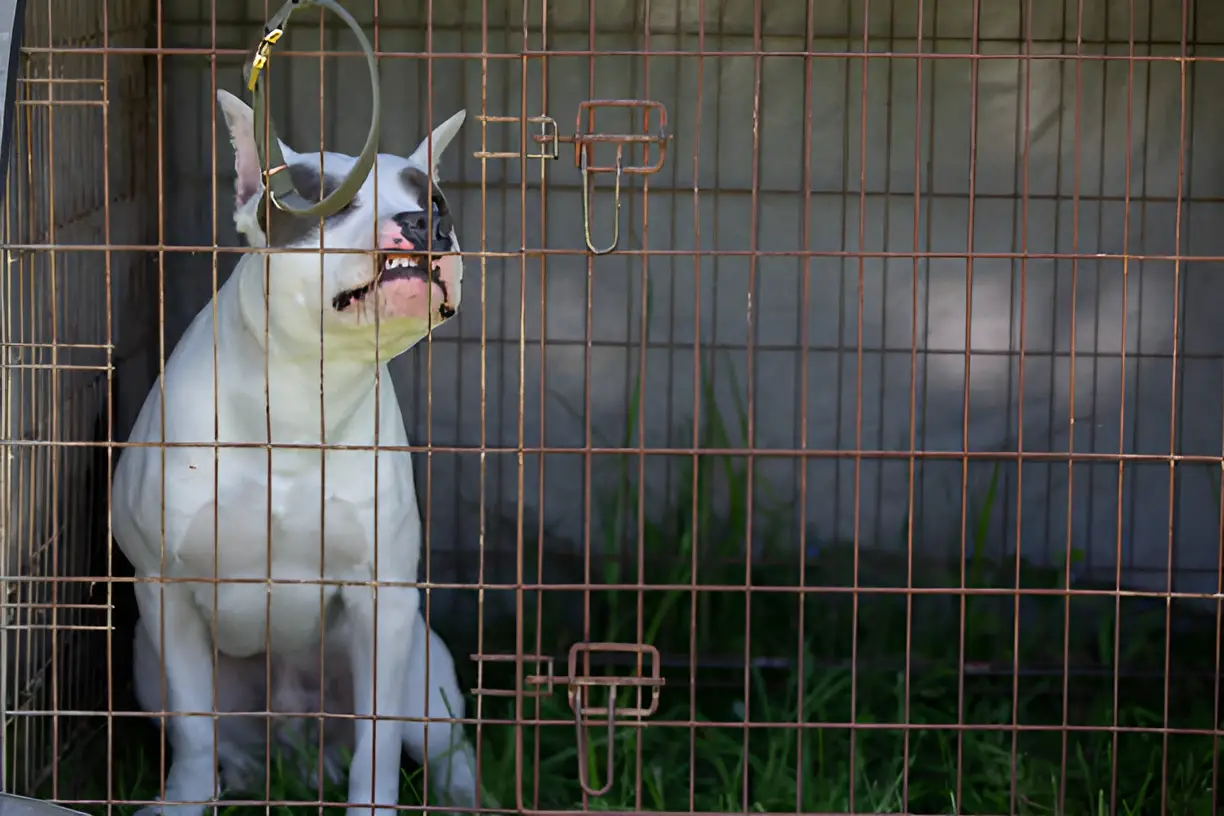Introducing an unsocialized dog requires patience, consistency, and positive reinforcement to ensure a smooth transition and build trust. Bringing an unsocialized dog into a new environment or introducing them to new people and animals can be a challenging but rewarding experience. This comprehensive guide will provide you with the necessary steps, tips, and insights to help your unsocialized dog become a well-adjusted and confident companion.
Understanding Unsocialized Dogs
What is an Unsocialized Dog?: An unsocialized dog is one that has not been exposed to a variety of people, animals, environments, and experiences during their critical socialization period (typically the first 3-14 weeks of life). This lack of exposure can lead to fear, anxiety, and reactive behaviors.
Common Behaviors: Unsocialized dogs may exhibit behaviors such as fearfulness, aggression, excessive barking, and avoidance of new situations. Understanding these behaviors is the first step in addressing them.
Preparing for Introduction
- Assess Your Dog’s Behavior: Before introducing your dog to new situations, assess their current behavior. Identify triggers that cause fear or aggression and note their reactions to different stimuli.
- Create a Safe Space: Ensure your dog has a safe and comfortable space where they can retreat if they feel overwhelmed. This could be a crate, a specific room, or a quiet corner of your home.
- Gather Necessary Supplies: Equip yourself with treats, toys, a leash, and a harness. These tools will help you manage your dog’s behavior and reward positive interactions.
Steps for Introducing an Unsocialized Dog
Start with Controlled Environments: Begin introductions in a controlled environment where your dog feels safe. This could be your home or a familiar outdoor space. Avoid busy or chaotic settings initially.
Use Positive Reinforcement: Reward your dog with treats, praise, and affection for calm and positive behavior. Positive reinforcement helps build trust and encourages desirable behaviors.
Gradual Exposure: Introduce new experiences gradually. Start with short, positive interactions and slowly increase the duration and complexity of the situations. For example, begin with brief encounters with one person before progressing to larger groups.
Monitor Body Language: Pay close attention to your dog’s body language. Signs of stress or fear include cowering, tail tucking, lip licking, and yawning. If your dog shows these signs, give them space and time to relax.
Controlled Introductions to Other Dogs: When introducing your dog to other dogs, start with calm, well-socialized dogs. Use a leash and allow the dogs to sniff each other from a distance before gradually allowing closer interactions.
Socialization Walks: Take your dog on walks in different environments to expose them to new sights, sounds, and smells. Keep the walks short and positive, gradually increasing the duration as your dog becomes more comfortable.
Tips for Success
Consistency is Key: Consistent training and exposure are crucial for socializing an unsocialized dog. Regular practice helps reinforce positive behaviors and build confidence.
Patience and Understanding: Socializing an unsocialized dog takes time. Be patient and understanding, and avoid forcing your dog into situations that cause extreme fear or stress.
Professional Help: If you encounter significant challenges, consider seeking help from a professional dog trainer or behaviorist. They can provide tailored advice and support to address specific issues.
Use Calming Aids: Calming aids such as pheromone diffusers, anxiety wraps, and calming supplements can help reduce stress and anxiety during the socialization process.
Build a Routine: Establish a daily routine that includes regular exercise, training sessions, and socialization opportunities. A predictable routine helps your dog feel secure and reduces anxiety.
Common Challenges and Solutions
Fear of Strangers: If your dog is fearful of strangers, start by introducing them to one person at a time in a controlled environment. Use treats and positive reinforcement to create positive associations.
Aggression Towards Other Dogs: For dogs that show aggression towards other dogs, use gradual desensitization and counter-conditioning techniques. Reward calm behavior and gradually decrease the distance between your dog and other dogs.
Separation Anxiety: Unsocialized dogs may develop separation anxiety. Gradually increase the time your dog spends alone, starting with short periods and using positive reinforcement to reward calm behavior.
Conclusion
Introducing an unsocialized dog to new experiences and environments requires patience, consistency, and positive reinforcement. By understanding your dog’s behavior, creating a safe space, and gradually exposing them to new situations, you can help them become a well-adjusted and confident companion. Remember, every dog is unique, and progress may vary. With time, effort, and the right approach, you can successfully socialize your unsocialized dog.
The photo featured below the post headline is Credit: BiancaGrueneberg/istockphoto
I hope you find this post helpful and informative. If Yes’ feel free to share it with your friends!
Frequently Asked Questions
How long does it take to socialize an unsocialized dog?
The time it takes to socialize an unsocialized dog varies depending on the dog’s age, temperament, and past experiences. It can take several weeks to months of consistent effort.
Can an adult dog be socialized?
Yes, adult dogs can be socialized, although it may take more time and patience compared to socializing a puppy. Consistent training and positive reinforcement are key.
What should I do if my dog shows aggression during socialization?
If your dog shows aggression, remove them from the situation and give them time to calm down. Seek help from a professional trainer or behaviorist to address aggressive behaviors.
Are there specific breeds that are harder to socialize?
While some breeds may have stronger protective instincts or higher energy levels, any dog can be socialized with the right approach and consistent effort.
What are the signs of a well-socialized dog?
A well-socialized dog is confident, calm, and comfortable in a variety of environments and situations. They interact positively with people and other animals and exhibit minimal fear or aggression.

